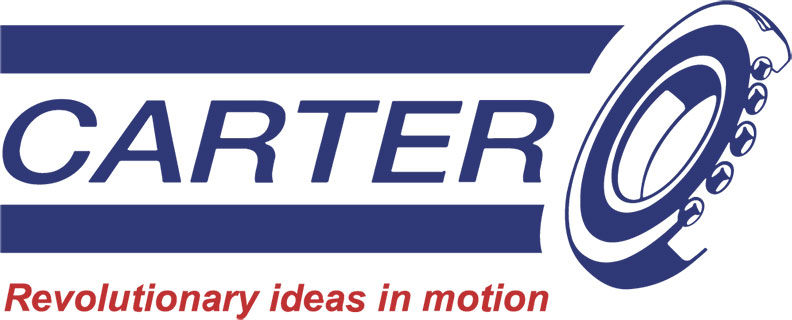The move toward greener energy solutions continues apace and the current development of electrically powered vehicles is a big part of today’s alternative sustainable energy revolution. Whilst most attention is focussed on the ‘here-and-now’ and the future it’s interesting to look back at some important milestones and highlights as we move inexorably toward greener, more sustainable solutions. One important highlight from exactly 10 years ago is the land speed record achieved by the Drayson Racing Team, recording a speed of 204.2 MPH for an electrically powered car in June 2013. This was achieved at the former RAF Elvington base in Yorkshire in a modified Le Mans car and resulted in giving electric powered motor racing a boost and improved credibility at a crucial moment.
An important contributor to this success was precision bearing specialist CARTER MANUFACTURING whose outstanding engineering knowledge and experience proved to be pivotal in helping the Drayson Racing team achieve this monumental milestone. Both Carter Manufacturing and the Drayson Racing Team are located in the heart of the UK’s specialist motorsports location in Oxfordshire, so were ideally placed to develop a successful collaboration at a time when the development of electric cars was in its infancy.
The project started when Lord Drayson, former science minister, businessman and racing driver, called Karl Brundell MD of Carter Manufacturing to request engineering and product support to achieve the goal of building the world’s fastest electric car. Lord Drayson was actually behind the wheel of the Drayson B12 69/EV electric Le-Man’s Prototype in near perfect conditions when the existing speed record of 175mph, which had stood for nearly 40 years, was smashed by 29.2mph.
Drayson commented at the time, “It’s not the outright speed of 204.2mph that is most impressive about this record it’s more about overcoming the engineering challenge of accelerating a 1000kg electric vehicle on a short runway over a measured mile”, he added, “However, I’ve got a great team and world-class partners including Carter Manufacturing”.
Carter Bearings were crucial in helping to propel the B12 69/EV to its record by utilising hybrid ceramic bearings in the gearbox which helped to reduce starting torque, reduce fatigue, whilst also providing specialised support to members of the Drayson team for all their technical bearing enquiries.

Another example from 10 years ago (and a very different challenge compared to the Drayson project) but also underlines Carter’s expertise in delivering outstanding bearing solutions, was their sponsorship of ‘Team Spitphya’ competitors in the popular Red Bull Soapbox challenge. In July 2013 Team Spitphya won the London Red Bull Soap Box Race, dubbed the ‘World’s wackiest road race’, held at Alexandra Palace on North London. Competing with 70 other teams over a 430 metre course, Team Spitphya’s soap box named ‘Phyabird’ was inspired by previous land speed record holders including; Malcolm Campbell, John Cobb and Henry Seagrave. The soap box featured Carter’s high end, low friction bearings which proved to be a crucial component in helping the team succeed in the fun, yet ultra-competitive event.
Fast forward 10 years from these significant, yet very different ‘milestones’ in British engineering, has seen Carter expand its range of precision bearings and tools which today are used in some of the most challenging applications across the globe. Their bearings are approved and specified into many other high-tech sectors including LNG commercial pumps for container ships, aerospace and space applications, high end optical systems and military and defence applications. As far as delivering bearing solutions for today’s motorsport applications, Carter has recently moved into NASCAR as a UK company proving to be successful in supplying teams in ultra-competitive US motorsport.












Radio wave weapon knocks out drone swarms
Probably. A radio-controlled drone cannot be completely shielded to RF, else you´d lose the ability to control it. The fibre optical cable removes...